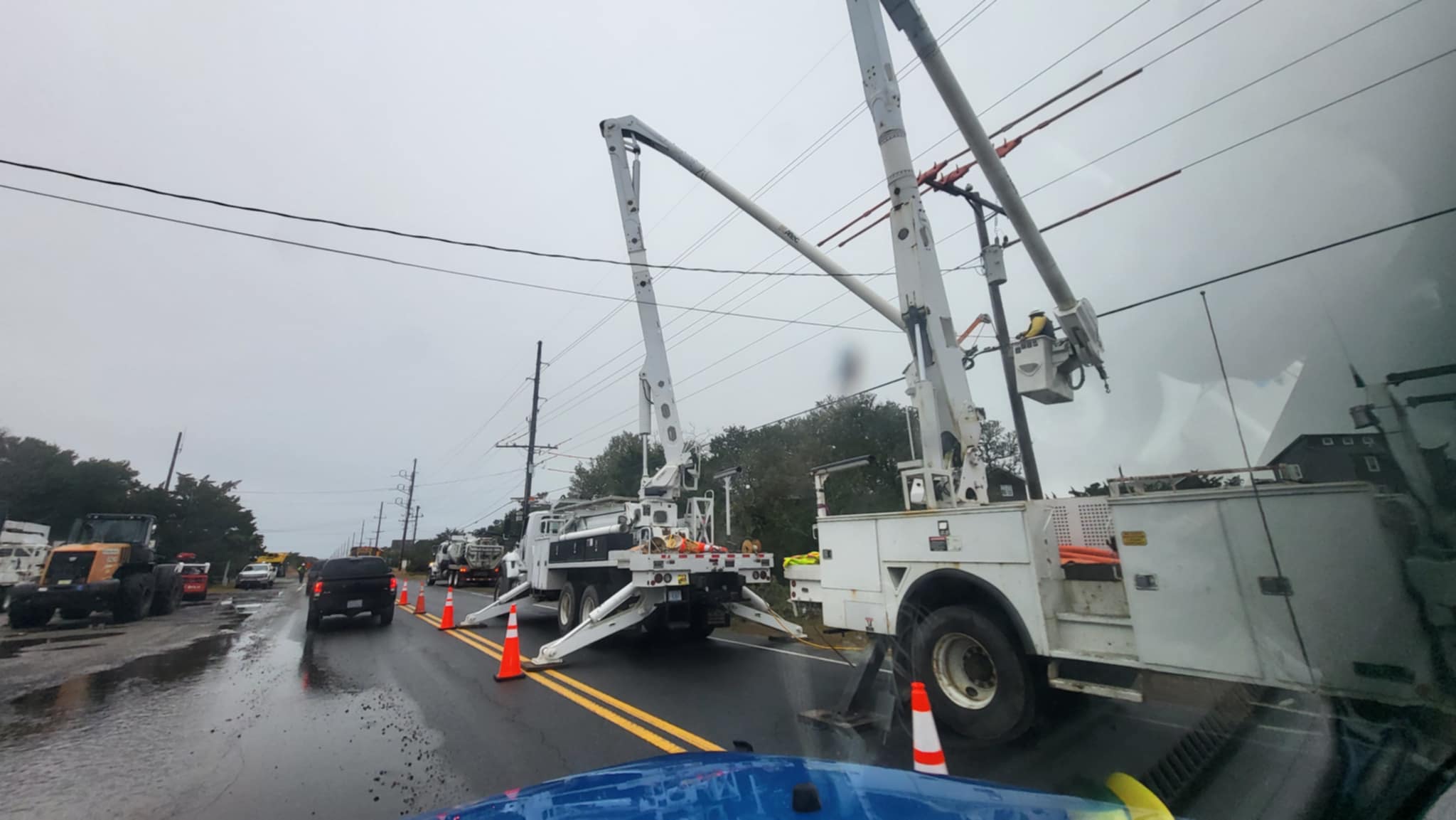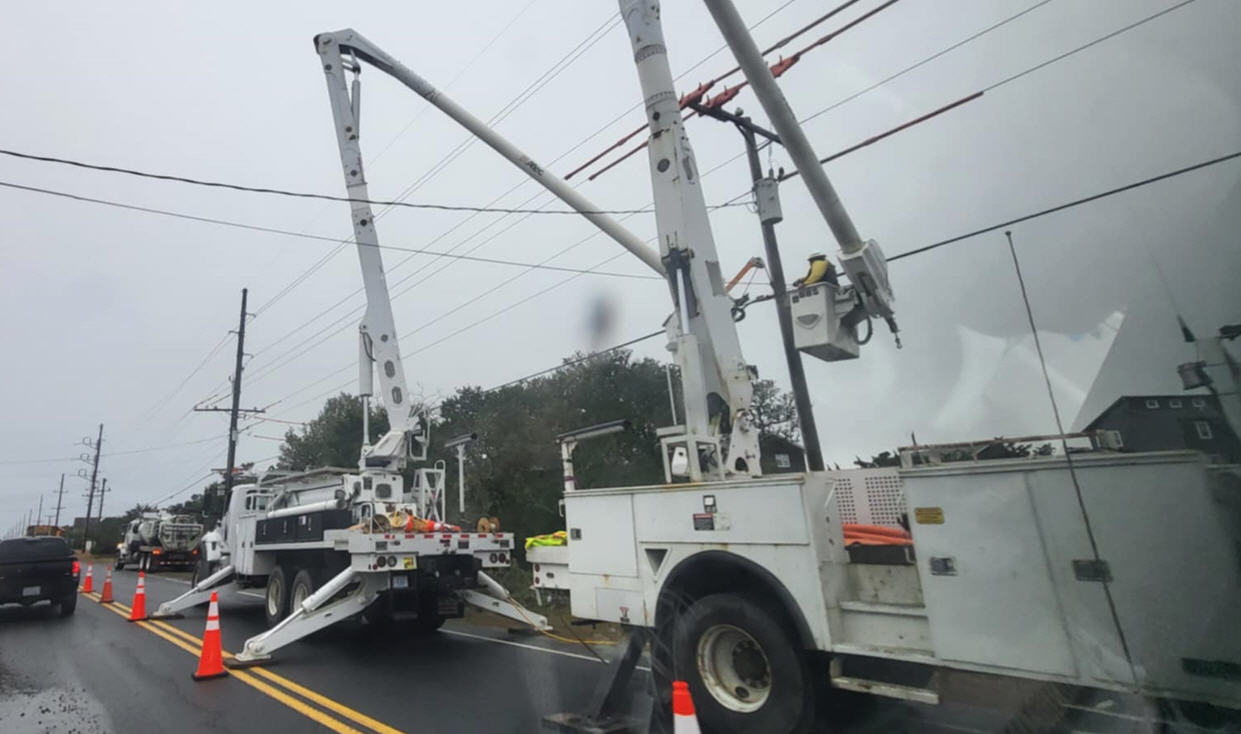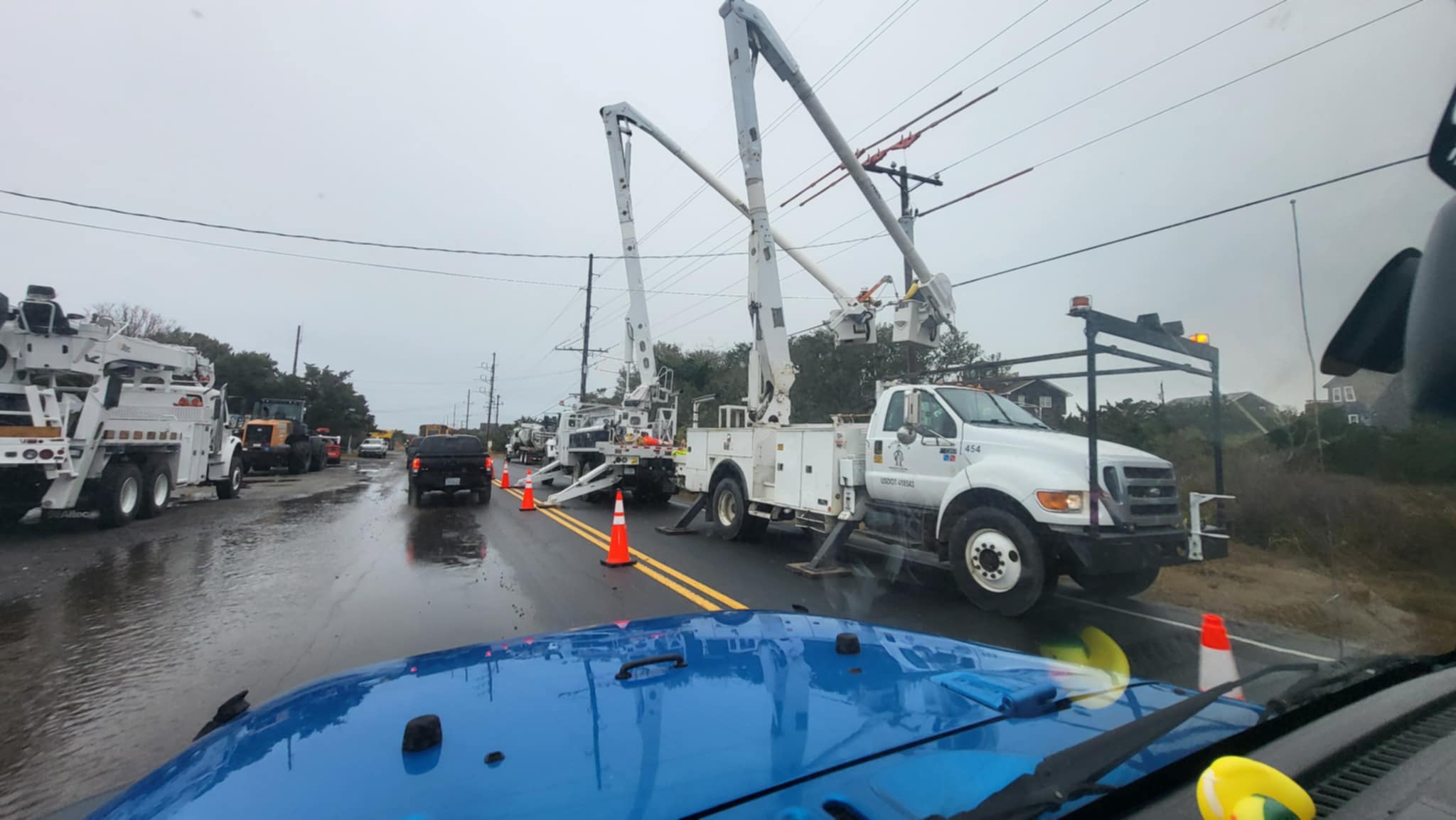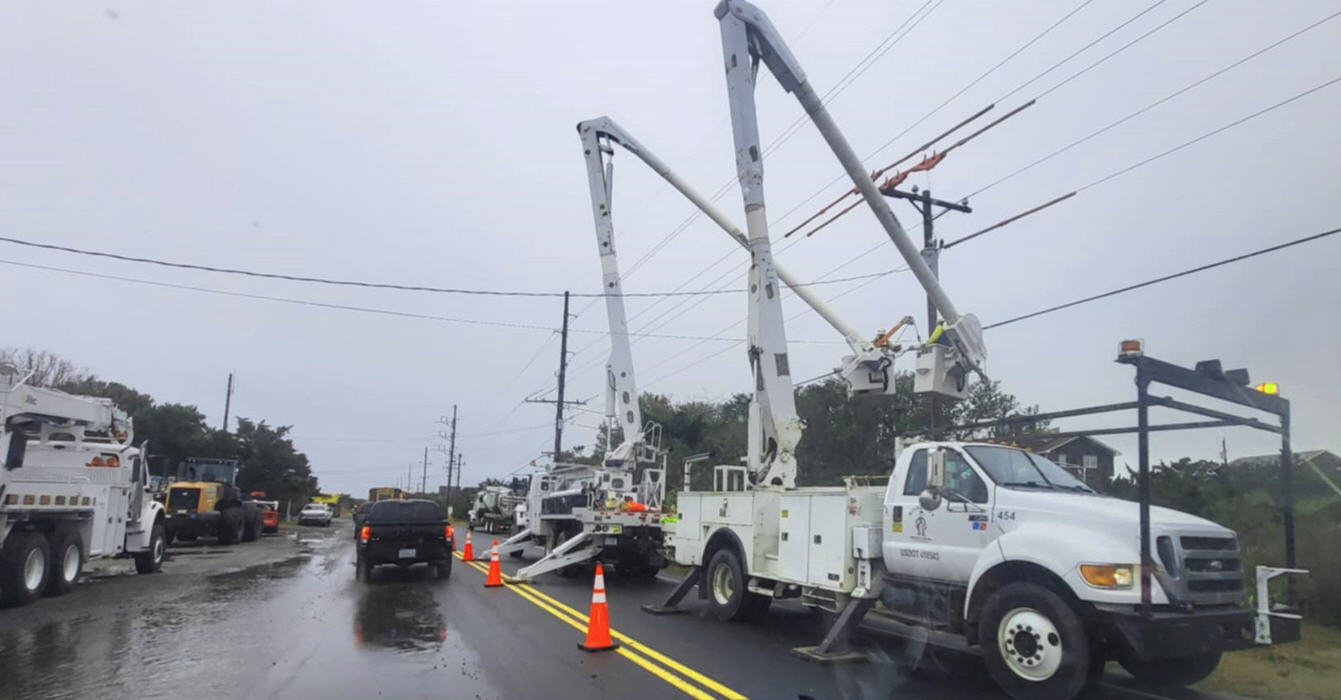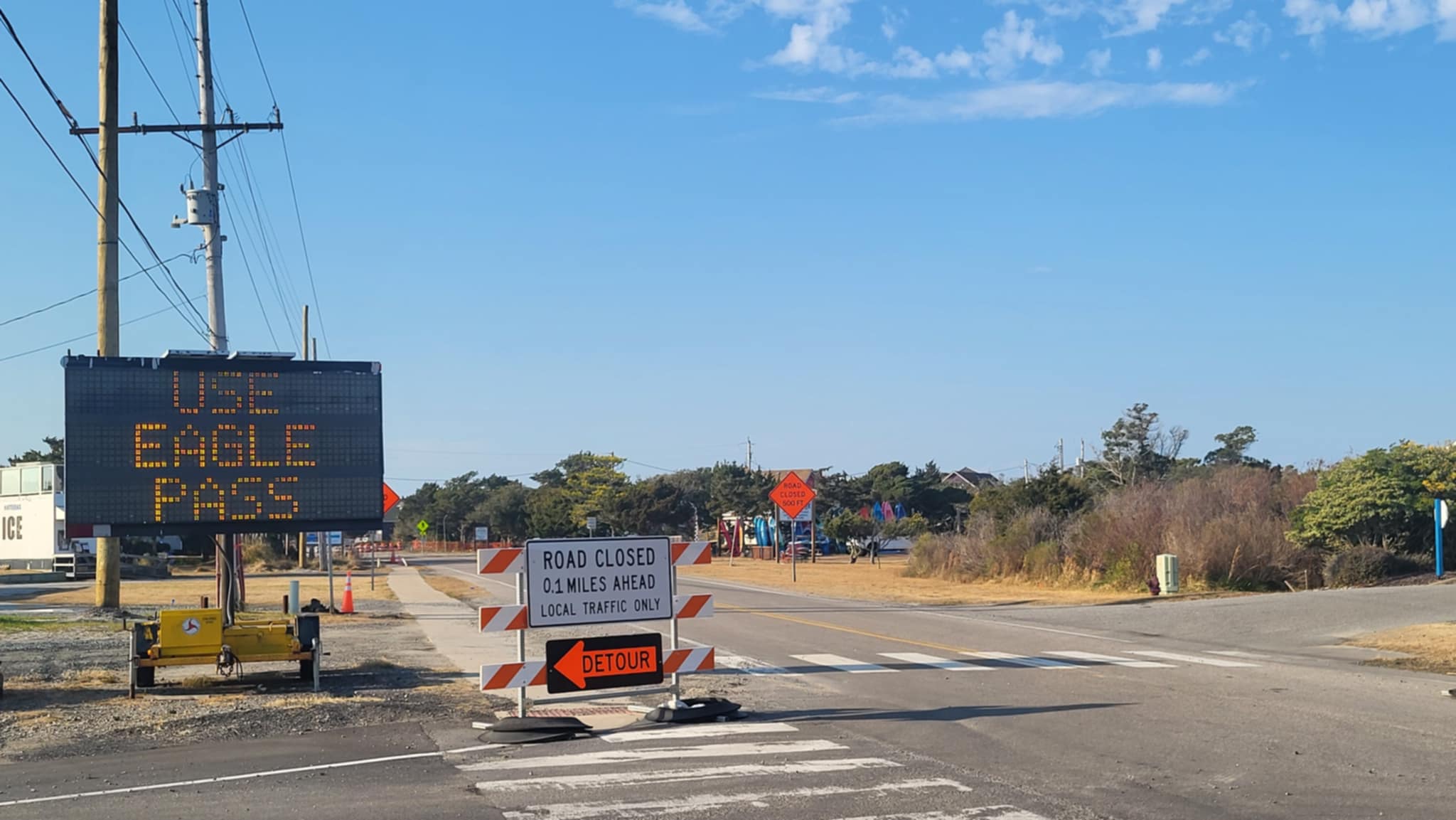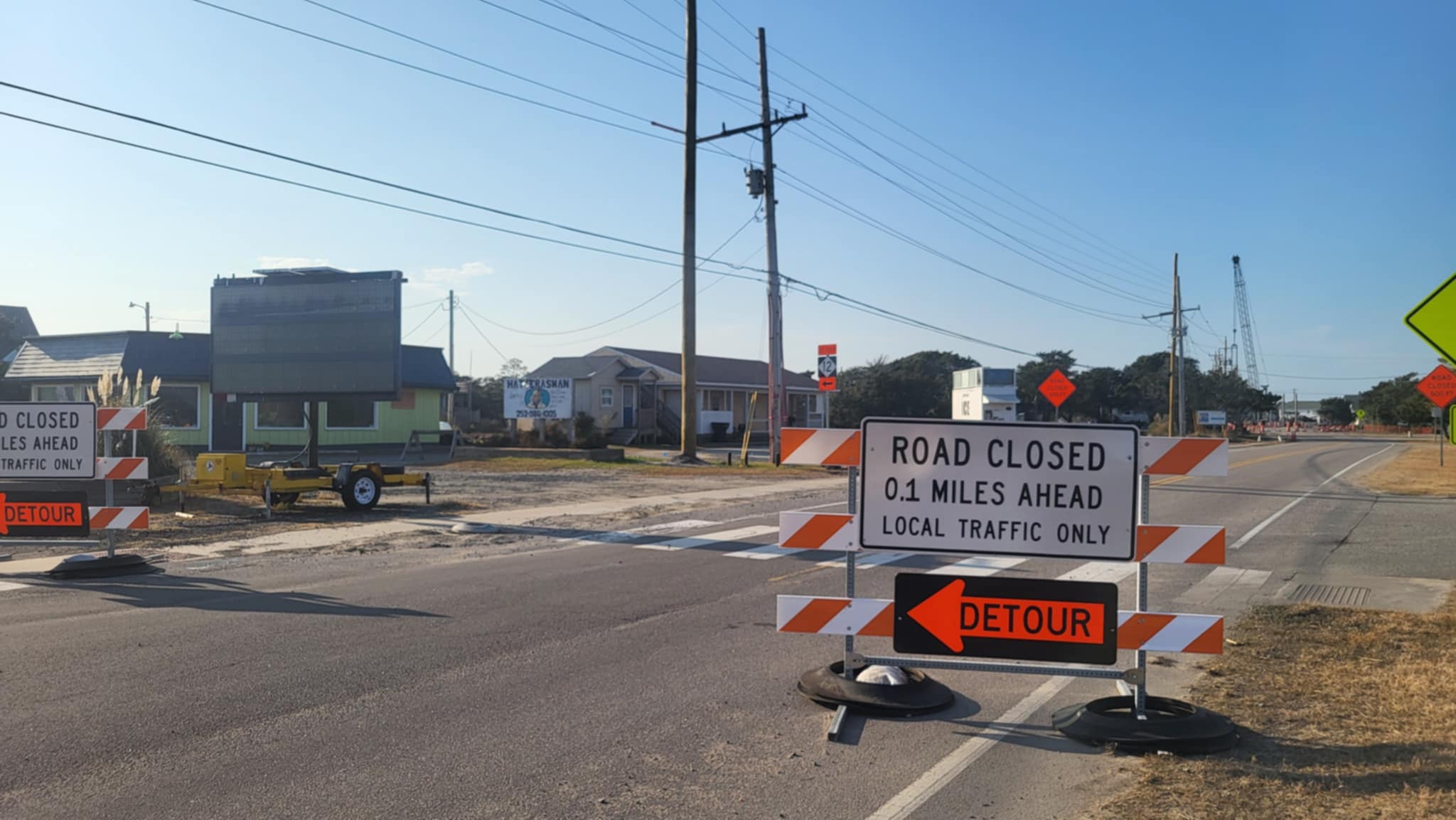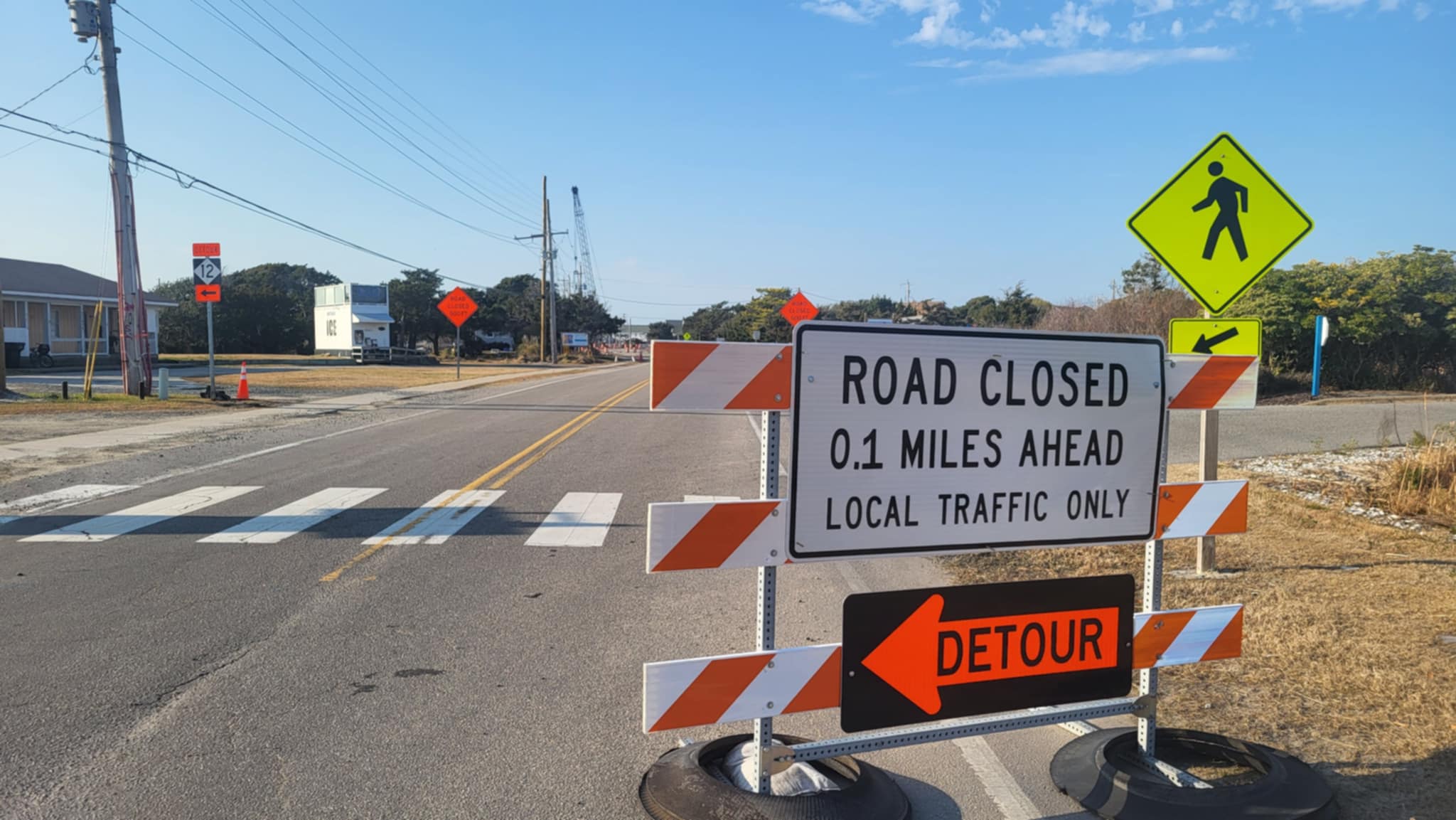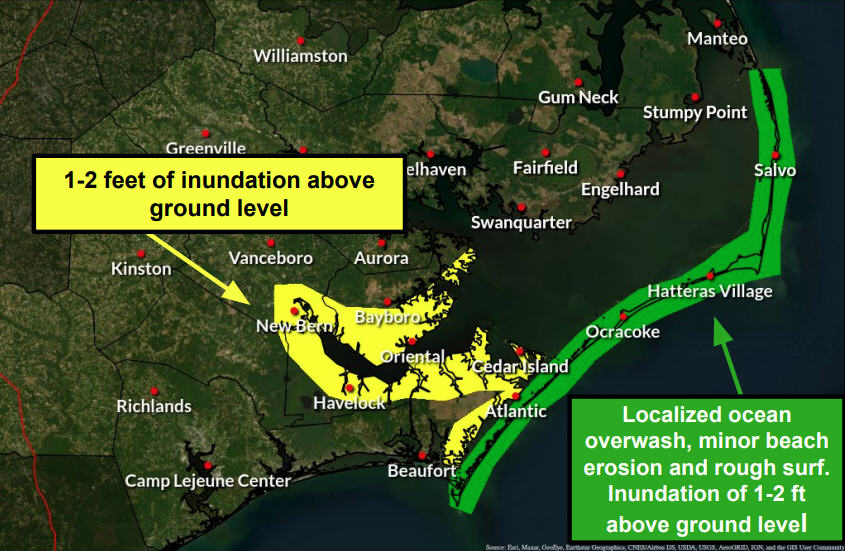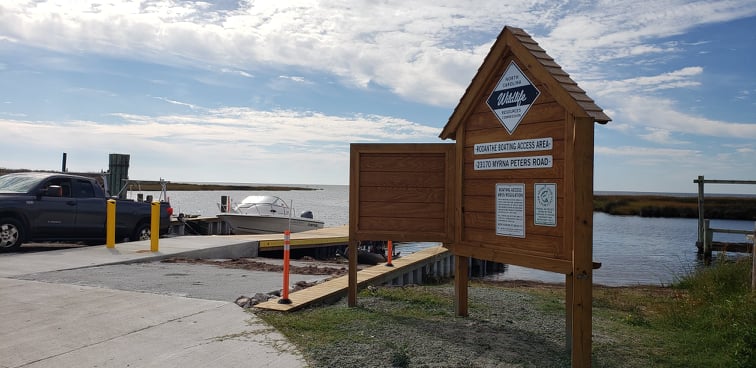Commentary: Water quality solutions for Silver Lake Harbor
A year and a half ago, in the fall of 2010, a handful of Ocracoke volunteers joined a professional staff from North Carolina State University (NCSU) to study the water quality of Silver Lake Harbor.
The Ocracokers were concerned about a number of potential sources of pollution that may exist in the harbor. There are many activities that take place in Silver Lake — watersports, tour boats, sailboats, ferry traffic, boats that cruise in and out of the harbor, and “live-aboards,” people who stay full-time on their boats.
One question they want to know is how to protect the harbor from any pollutants associated with these activities, such as oil and chemicals from boats and from the road, pesticides, waste from pets, ducks and geese, and runoff from septic tanks, especially during and after storms.
Silver Lake Harbor, along with all boat harbors in North Carolina, is currently classified by the North Carolina Division of Water Quality in the Department of Environment and Natural Resources as “SC — acceptable for secondary recreation use.”
Many Ocracokers believe that swimming in or eating fish from the harbor is a bad idea. Most islanders would like to see the water quality improve.
Part of the volunteer crew went to various sites, via boats and golf carts, to collect water samples, while others set up a temporary lab in an Ocracoke School classroom to do the preliminary testing.
The goal was to identify and document various levels of acidity, temperature, dissolved oxygen, and pollution (total coliform bacteria). The results would be used to develop “best management practices” (BMP) for the harbor.
The original goals of the project were to improve harbor water quality and institute a village restroom plan.
The tests were being done at the request of the Ocracoke Foundation Inc. (OFI) and facilitated by the Hyde County Center of North Carolina Cooperative Extension.
The volunteers put in long hours, giving up their Saturdays for this worthwhile project. The three NCSU professors who supervised the research were dedicated and enthusiastic.
When they finished their work at Ocracoke, they took the samples back to NCSU to conduct further testing, promising to send back the raw data and analysis early in 2011. Everyone looked forward eagerly to learning the results.
It is now four months into 2012, and Robin Payne, executive director of OFI, says the data has still not been received from NCSU. More money was needed, NCSU has told the foundation. The foundation had paid $1,400 for the tests, plus had lined up all of the volunteer workers.
The foundation sent more money, still without results. Other setbacks also occurred at NCSU. One laptop containing the data was stolen and another crashed. Ocracoke is still waiting for the long-promised answers.
While some of the hard data may be lost, from the beginning it was known that the assessment was very limited in scope, with only 14 sampling sites — nine in the harbor (shallow, deep, middle and edge), and five inland (culverts, ponded ditches, etc). Thus any specific measurements would be incomplete and inconclusive, with further research needed.
While the loss of data is unfortunate, OFI and other interested parties have not been waiting placidly. They decided to take a pro-active approach and begin developing solutions.
The following projects will have a positive impact on the island’s water quality.
Stormwater: A consortium of groups interested in Ocracoke’s future have recently joined together to address the island’s storm/standing water issues. At the end of the 2012 summer season the group hopes to begin meeting with the community to decide on a plan of action. The consortium includes the Ocracoke Civic and Business Association, Hyde County Comprehensive Transportation Planning Committee (CTP), the Outer Banks National Scenic Byway, the Mosquito Control Board, and the Saltwater Connections regional planning team.
NC Sea Grant helped The Scenic Byway group identify and map problem locations. The services of engineer Joe Anlauf and stormwater specialist Andy Deel, both of whom will be key in the process of working with the community in establishing what steps should be taken next, have been enlisted. They are going to propose a plan that would identify a one block study area that has single family lot development, commercial development, and stormwater drainage problems. They will study this area and use it as a “snapshot” of the rest of the problem areas at Ocracoke.
Village Restrooms: Steps have already begun to install concrete vault privies, similar to what the National Park Service uses, in the village. A company called CXT Inc. is custom-designing ones for Ocracoke, with lap siding and beadedboard interiors. They will lessen the load on septic systems near the harbor.
Saltwater Connections: The “Creating Sustainable Communities” planning initiative has created a document to look at all the issues on the island, including water quality. “Sustainability” is defined as a practice that sustains a given condition, such as economic growth or a human population, without destroying or depleting natural resources, polluting the environment, etc.
Hydrology Study: In March of 2012 North Carolina Department of Transportation, Comprehensive Transportation Plan (CTP) engineers have recommended that a hydrology study be completed to address the standing water issue. The CTP document says that “standing water caused by stormwater runoff that cannot drain properly is a major issue on Ocracoke. Environmentally friendly stormwater management options could be implemented to hold and treat stormwater before it drains into Silver Lake.” The standing water issue has also been adopted as a recommendation in the current NCDOT CTP which is responsible for identifying needs for the future.
Community Square: OFI would like to make improvements to the Community Square property, such as installing a permanent boat pump-out station near the gas pumps on the Community Store dock, cleaning and repairing the stormwater drains, and replacing the asphalt parking lot with a semi-pervious surface, which will allow water to drain down into the soil instead of running off into the harbor. Another plan is to plant more shrubs along the shoreline, creating the effect of a rain garden, which filters polluted runoff.
Education: An educational campaign will include mailing brochures to property owners, with information about, for example, the way impervious coverage (asphalt parking areas) contributes to runoff and gray water pumped directly to drainage areas adds to pollution. It will inform people about pollution caused by waterfowl and pet droppings and the fact that bleach, when allowed to enter a septic system, destroys the good bacteria that breaks down human waste.
Cleaning up the harbor will also depend on having village property owners be committed to repairing and maintaining their septic systems when needed.
The only way to ensure clean water is for everyone to have the education, tools and improvements at their disposal.
Whatever the final results of the testing done in 2010 may be, cleanup efforts are under way for a cleaner Silver Lake Harbor.
(Pat Garber is a resident of Ocracoke, author, and freelance writer whose topics often include nature and the environment. )









